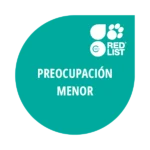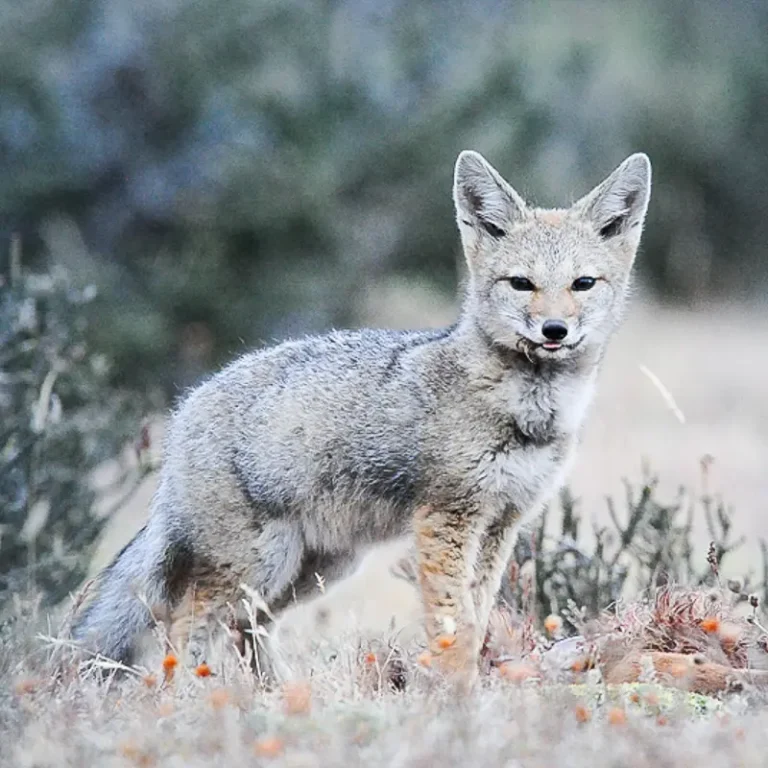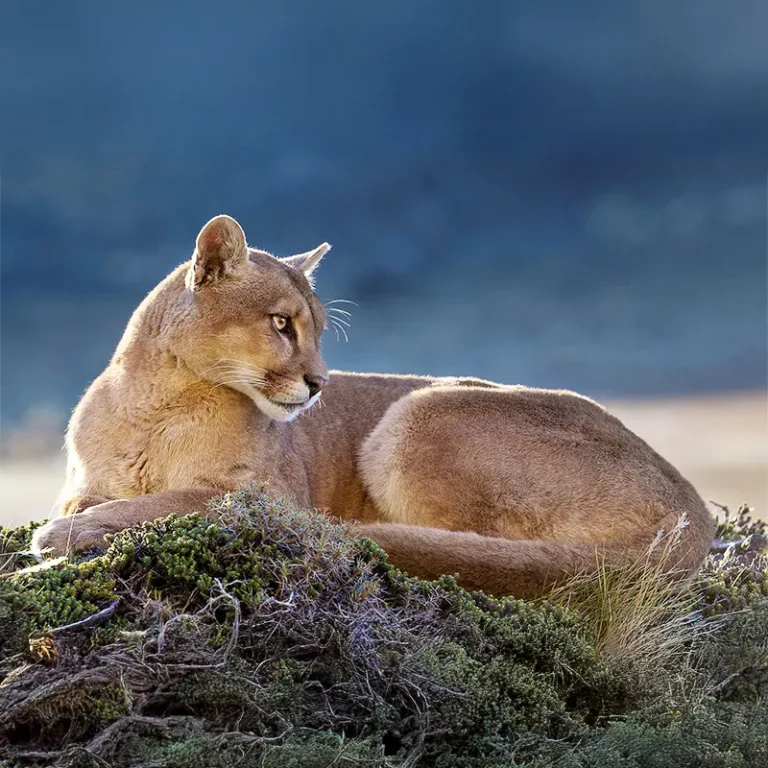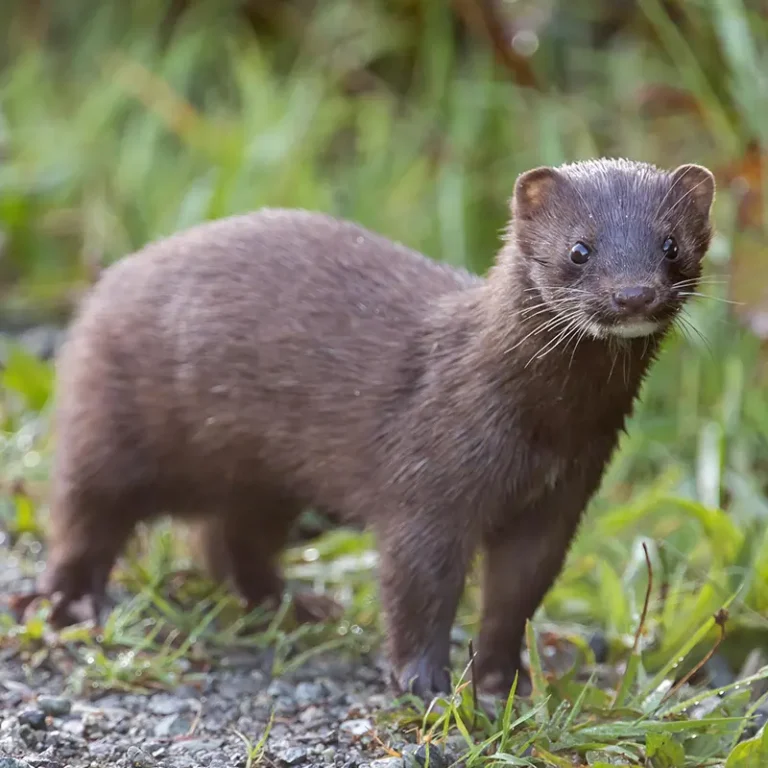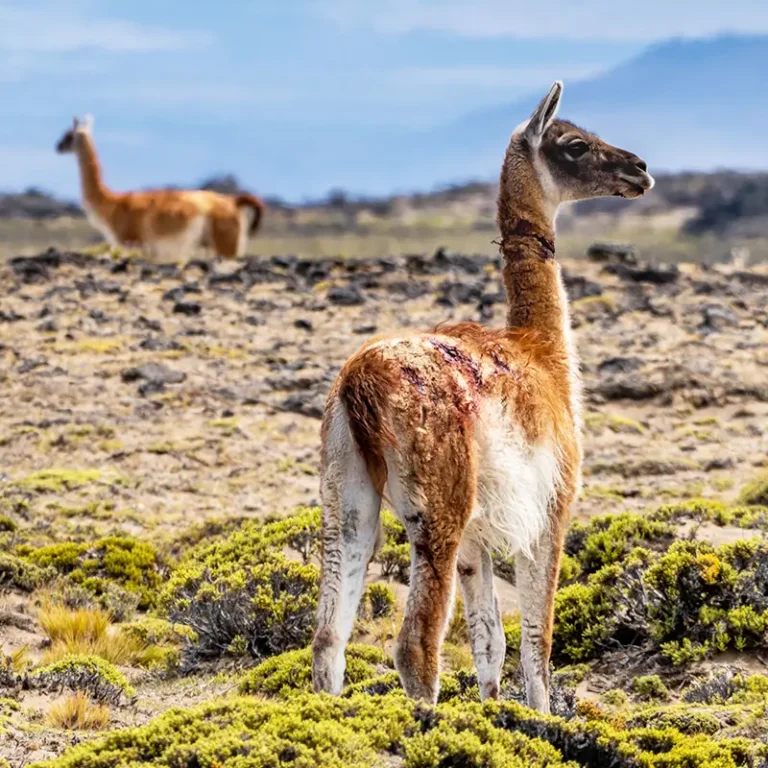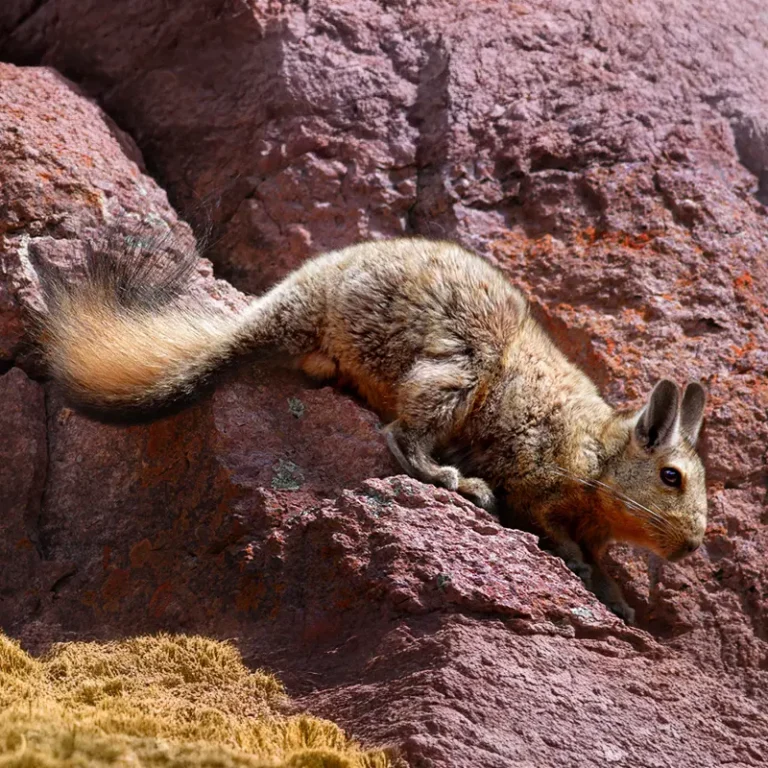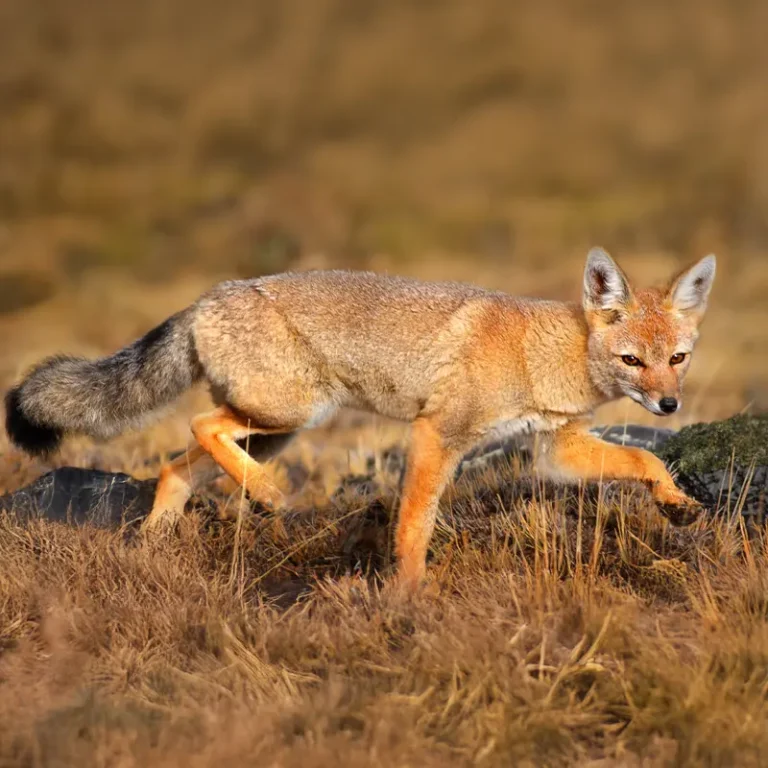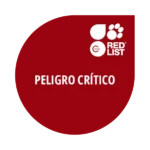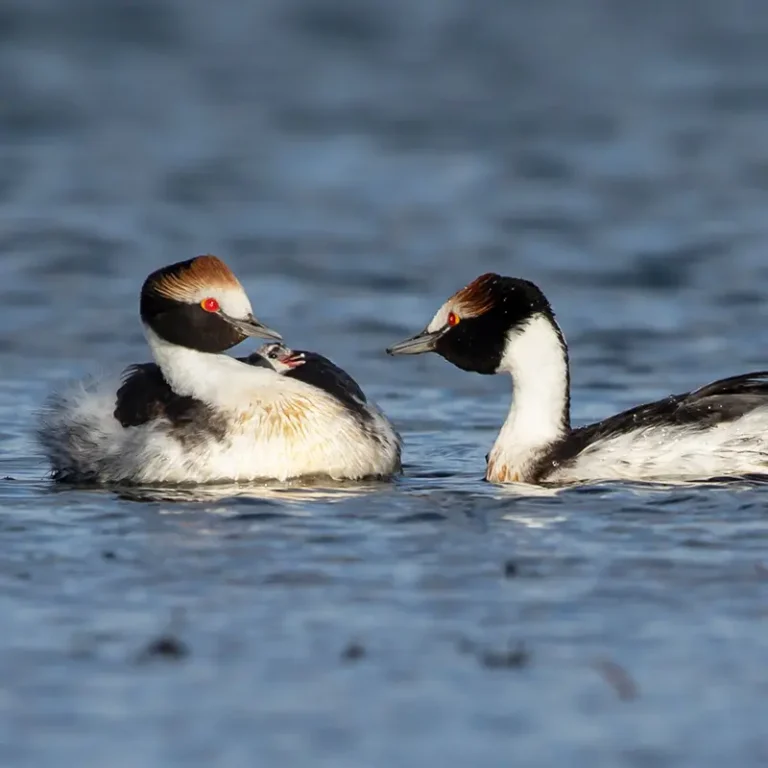Context and objectives
Since 2010, we have supported the development of strategies, management, and, mainly, providing fundamental information on aspects of biodiversity and conservation so that in 2015 the first fundamental step for the conservation of land to protect the Hooded Grebe and the high plateau environments of the province of Santa Cruz was realized: the creation of the Patagonia National Park. Since then, we have continued working with the authorities, promoting conservation and fundamental management actions to protect the threatened and endemic species that inhabit it. The objective of our work in the Patagonia National Park is primarily to conserve the populations of the Hooded Grebe, but also to promote research on the environments and other rare, threatened or endemic species that inhabit it, as well as address conservation problems such as human-animal conflicts that occur in the region. We also aim to strengthen the links between communities and the Patagonia National Park.
Our actions
- Since 2010, we have been working in the National Park on the control of invasive species, both the control of the American Mink, management of populations of the Kelp Gull, and we monitor the introductions, so far unsuccessful, of salmonids in the park. In addition, we lead research lines with rare and threatened species, such as the Wolffsohn's Viscacha, the White-throated Caracara, among others, and with vertebrate communities, such as aquatic birds, micromammals, etc. No less important, we have generated links with other groups of researchers to promote research in the region.
